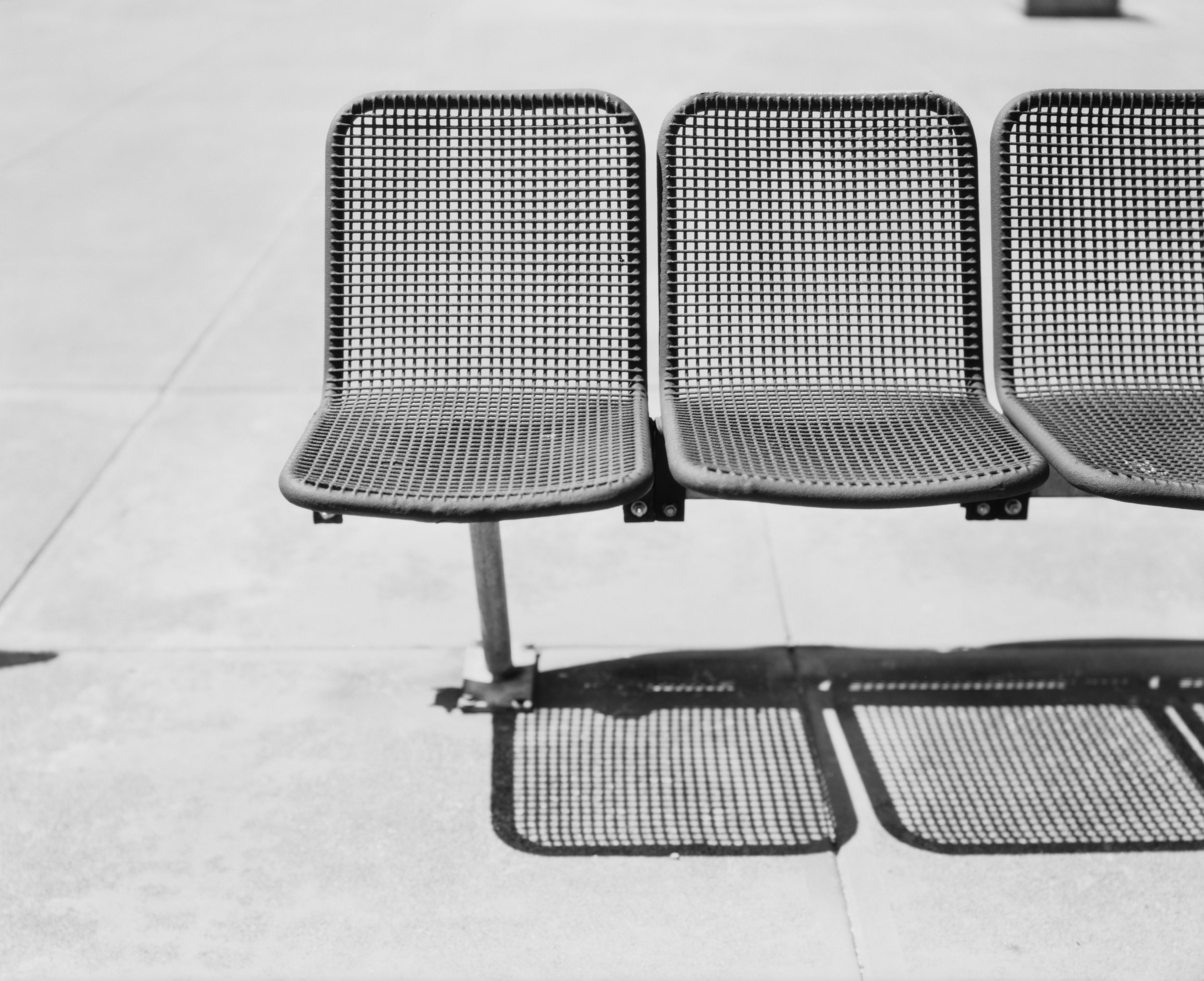| You either know this or you don’t. If you do know it, you REALLY know it. |
I. A History
Cooke Optics has been making the best* lenses for a loooong time. Taylor & Hobson (later Cooke) first started making telescope lenses and then they made their first triplet lens that really was a breakthrough in design for all the problems that plagued lens makers in 1893. Their reputation grew and they designed the lenses for the extreme environments of Shackleton’s arctic expeditions.
| Yeah you heard me right they designed lenses for Shackleton. |
Sold yet? The expeditions took a Cooke 12in f/3.5 lens to use on a Graflex to make 4 3/4 x 6 1/2 inch glass negatives. Talk about reputation. But we’re just getting started folks. Cooke really gained a reputation with their Speed Pancro design in 1921 when the demands for filming under lower light conditions were higher. In 1922 Cooke was recruited to make lenses for Everest expedition documentation. They made a 20 inch Cooke Series VIII f5.6 Telephoto lens to document climbers at distances of 2 miles. Basically Cookes were the lenses that went to Everest and the arctic. Ansel Adams also used a Cooke 8x10 convertible lens called the Series XV for much of his landscape work. This lens is still manufactured today. More on this lens later. Today Cooke has an expansive collection of cinema lenses that are just legends in their field. A quick little summary: Cooke basically designed lenses for anything that was really important.
*Yes in my OPINION they are the best lenses.
II. The Look
This is where the reputation is and I am going to break it down to a couple categories and then sum it up in a overall category known as “lens draw.”
Highlight rendition
Sharpness
Image Transition
Contrast shape
Color
1. Highlight rendition-This is an area where Cooke lenses are really strong and gives the image a really realistic look. If the lens doesn’t mate with the capturing medium to give smooth highlight transition and roll then it won’t recreate a natural pleasing image. The Cooke coatings and glass physics makes this possible.
2. Sharpness- Cooke lenses are known as some of the sharpest lenses but they are not clinically or sterile sharp. The sharpness has character and has clarity rather than a harsh sharpness. Sharpness is not a feature that exists in a vacuum. It is always in relation to and in the context of the out of focus areas. Thus the next point.
3. Image Transition-Perhaps the “Cooke look’s” most notable characteristic is that Cook specifically designs the lenses for image transition or how the sharpest areas of the image transition to out of focus and the character of that out of focus. The transition from sharp to out of focus on Cooke lenses is so so smooth, round, and natural. That smoothness in it’s image transition really separates this lens from any other lens out there really. The subtleties of this image transition is really what makes it a Cooke.
4. Contrast Shape- Also characteristic to Cooke lenses is their contrast shape. Cooke’s lens coatings recreate perfect contrast that is not extreme and it’s flare control makes them go-to lenses for really tricky lighting conditions.
5. Color-This is also a major contributor to the “Cooke Look.” Color rendition is warm and natural. When I think of the “Cooke look” I think light yellows, light oranges, not red or magenta. Again kind of going back to shape, the colors take on a very round, smooth shape. Cooke knows memory tones (skin, foliage, blue sky, etc) and they design their lenses color rendition around faithful yet full of character reproduction of these tones. Cooke kills it with skin tones. I would probably argue this is probably the most important thing in cinema.
Lens Draw All of these characteristics add up to lens draw. Cooke knows how to orchestrate these characteristics to create their look, “the Cooke look”. All of them work together and create something that separates your lens from the rest and this is what Cooke has done.
III. The lens
I take in a fairly frequent stream of movies because I really enjoy them but there also is a lot of value for my furtherment of my career as a colorist. After a few years of working as a colorist I began recognizing the Cooke look in some of my favorite shows like Dr. Who and Sherlock etc. That is when I started falling in love with it and noticing more of that Cooke look. When I found out that I could get Cooke large format lens, I flipped a lid. At the time I knew I could get a single cine lens for around $8k and I thought… well if I someday get really rich I’ll get one, but the large format lens felt much more realistic for my current work. Then I stumbled upon some images on flickr from the Series XVa convertible lens. That was a mistake… because I was instantly sold and yeah I knew I didn’t have any money for it…
So I am saving my pennies for the Cooke Series XVa. Every time I look at some images from this lens, I almost pee my pants. It’s around $5k for the lens which is sure not cheap but someday I’ll save enough to get it. (I do take donations in the meantime ;) and if you do donate you’ll be the first to get some real silver gelatin prints from it)
That’s the Cooke look, why I love it, and why I want it for my large format photography.
Here is a link to some of their noteable credits.
Here are some images from the Cooke Series XVa
If you like this content please subscribe for emails when new content is released.
A recent 8x10 x-ray shot with a 12in Gold Rim Goerz Dagor

